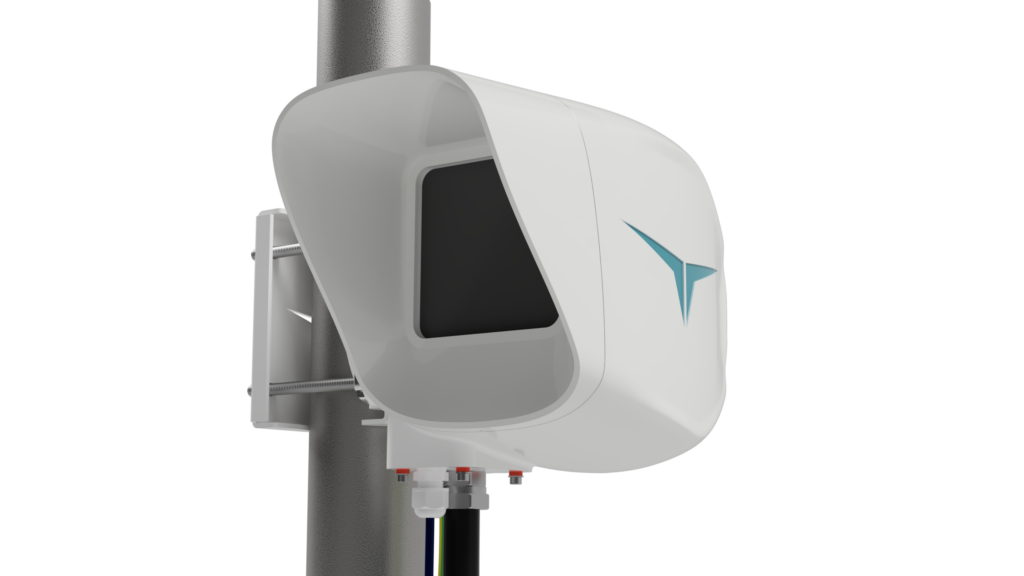Start-up lays claim to ‘first commercial 5G over lasers’
A new 5G demonstration at a lab in Sydney has used a laser to deliver a 5G backhaul link with 10 Gbps capacity, using commercial equipment from a startup as well as Open RAN vendor Mavenir.
Venture-backed, Singapore-based start-up Transcelestial conducted the demonstration at the University of Technology Sydney. Transcelestial said that the demo was a collaboration with partners including Open RAN vendor Mavenir and Austrialian wireless tech consultancy ALLDAS Solutions, which focuses on in-building infrastructure and use cases.
The demo “captured a 5G signal on site A, and via two of Transcelestial’s Centauri devices mounted on rooftops sent it to site B using [Common Public Radio Interface] protocol which housed a Mavenir multi-carrier, multi-band Remote Radio Unit, delivering 5G signals to multiple devices,” according to a release.

“Until now, most telecom and internet service providers could only rely on physical fiber connectivity as a solution to deliver 5G, everywhere,” said Mohammad Danesh, co-founder and CTO of Transcelestial, in a statement. “Transcelestial’s lasercomms technology gives us a viable alternative to connect our digital future and meet civilization’s long-term communication needs.”
In a release, the company claims that the “main deterrent to ubiquitous internet delivery in cities is the cost and delays” associated with fiber, and the “spectrum or bandwidth challenges” of wireless backhaul—and that since 5G requires additional site density, laser-based fronthaul and/or backhaul can “[provide] a highly reliable, secure and easily scalable replacement to fiber optic cables, and a more robust connectivity option for both indoor and outdoor DAS hotel and small cell applications.” Transcelestial also said that due to the high capacity needs, fronthaul links for 5G require fiber—unless lasercomms can meet that need.
“The launch of this new demonstration site provides an alternative transmission solution for a new way to connect our digital future,” said Dereck Quinian, managing director at Mavenir. “As operators upgrade their infrastructure to cater to growing demand, wireless lasers provide a much-needed alternative to both fronthaul and backhaul transmission.”
However, it should be noted that laser-based, free space optical (FSO) communications are technically challenging, and particularly difficult because of the impact that weather conditions—snow, rain, fog and the like—can have on the link. Other companies have tried and failed to bring laser tech into telecom infrastructure—notably, California-based startup AOptix (which used both radio frequency and optical light to send data simultaneously to maintain a reliable, line-of-sight link), which ultimately went bankrupt despite reportedly raising as much as $150 million in funding.
Transcelestial says that its 5G link demonstration with Mavenir is a world-first for commercial lasercomms, and that it has improved upon the capabilities of other attempts at lasercomms. The company has also indicated longer-term plans to develop a LEO satellite network for global connectivity in addition to terrestrial links.

